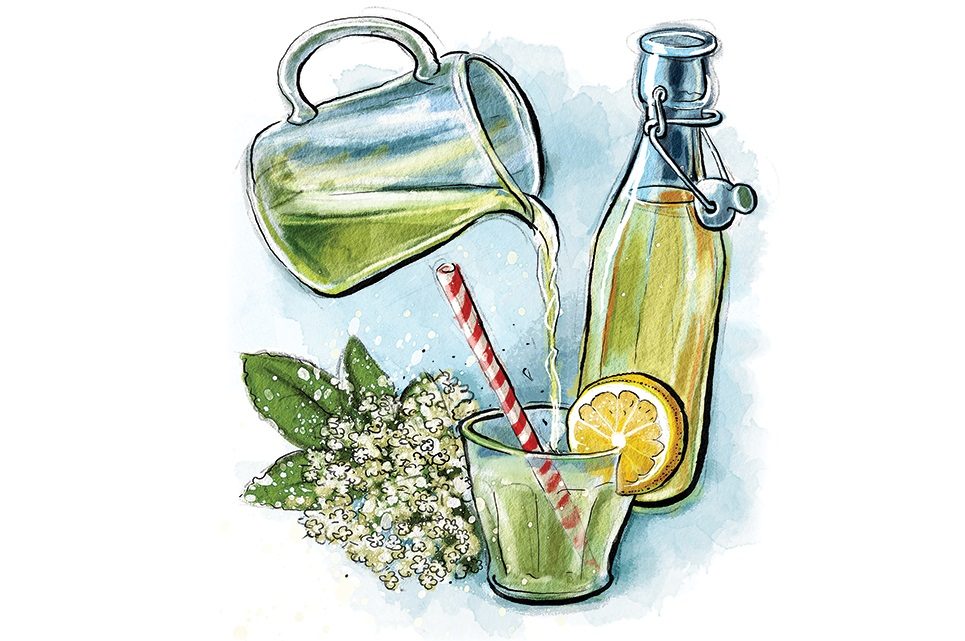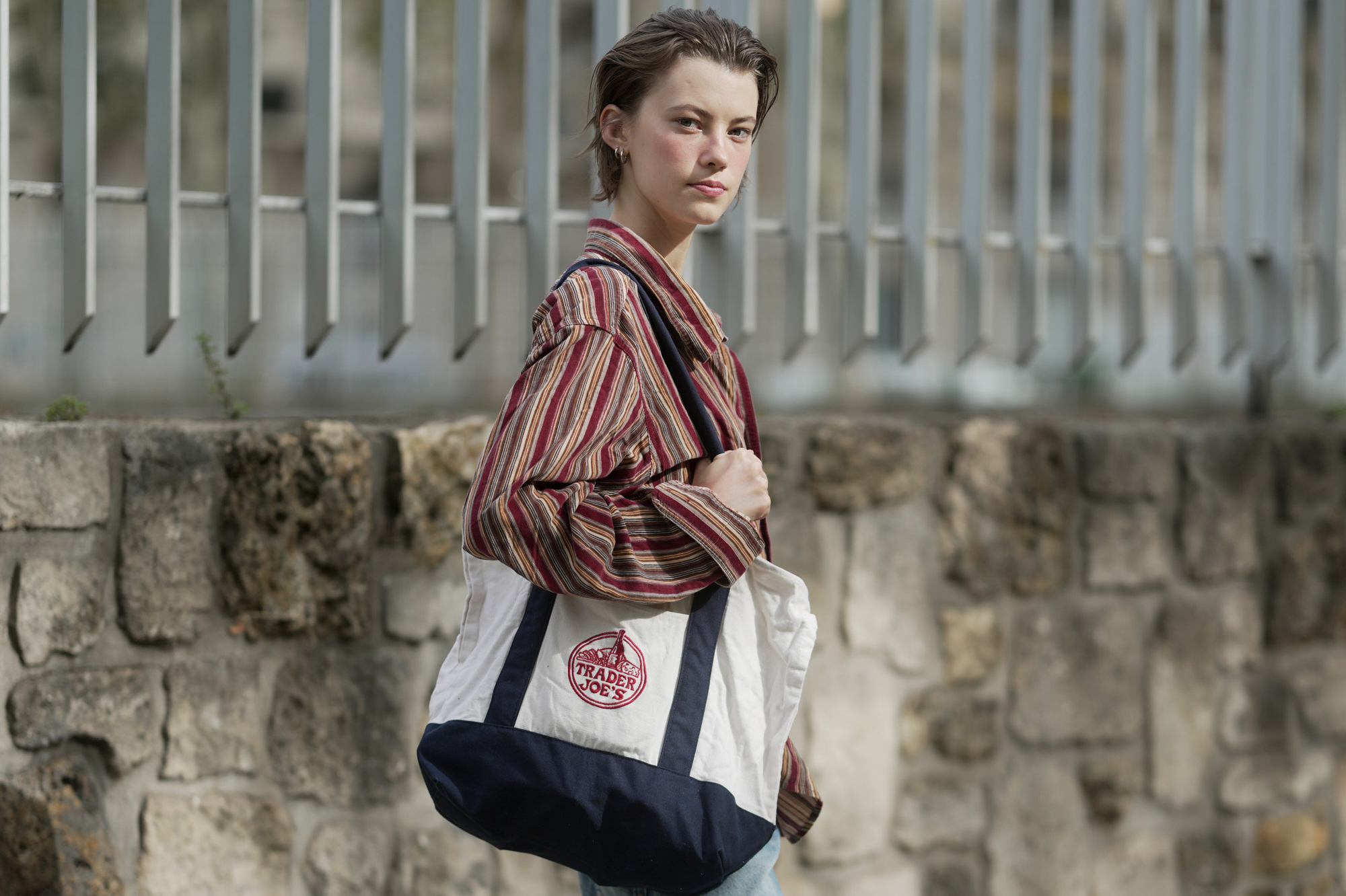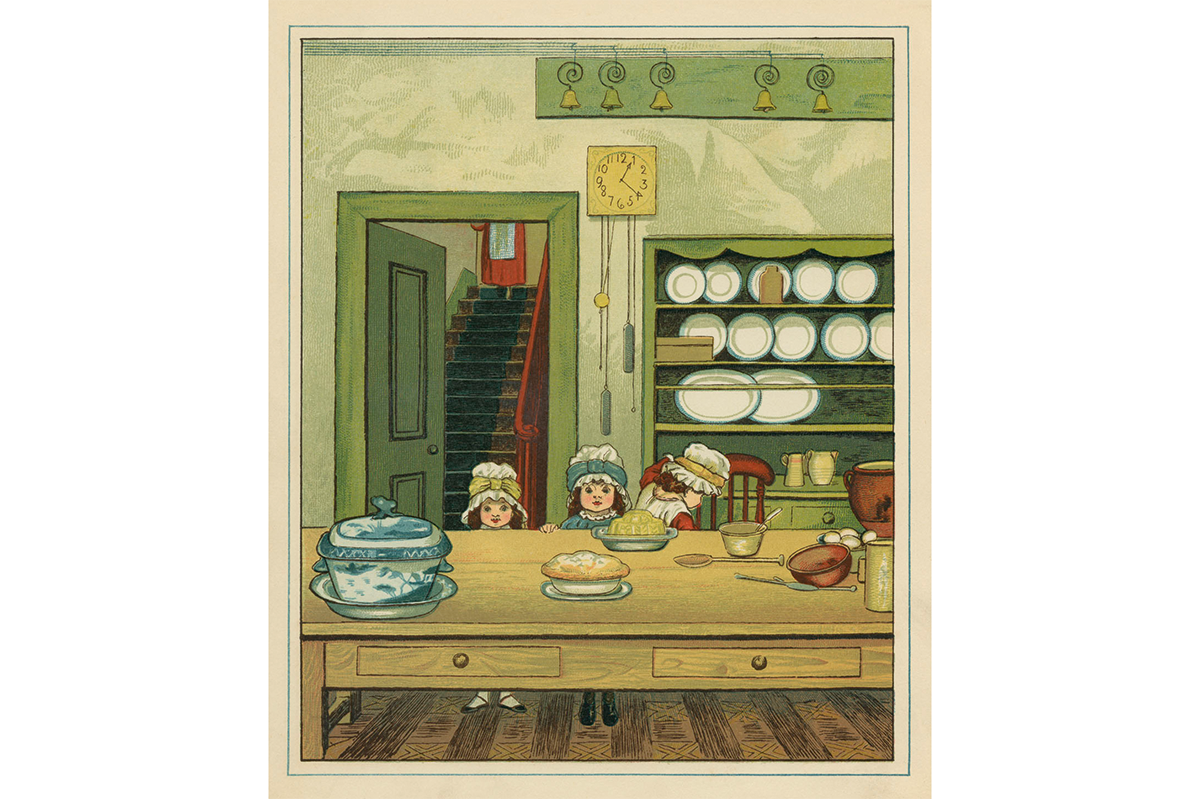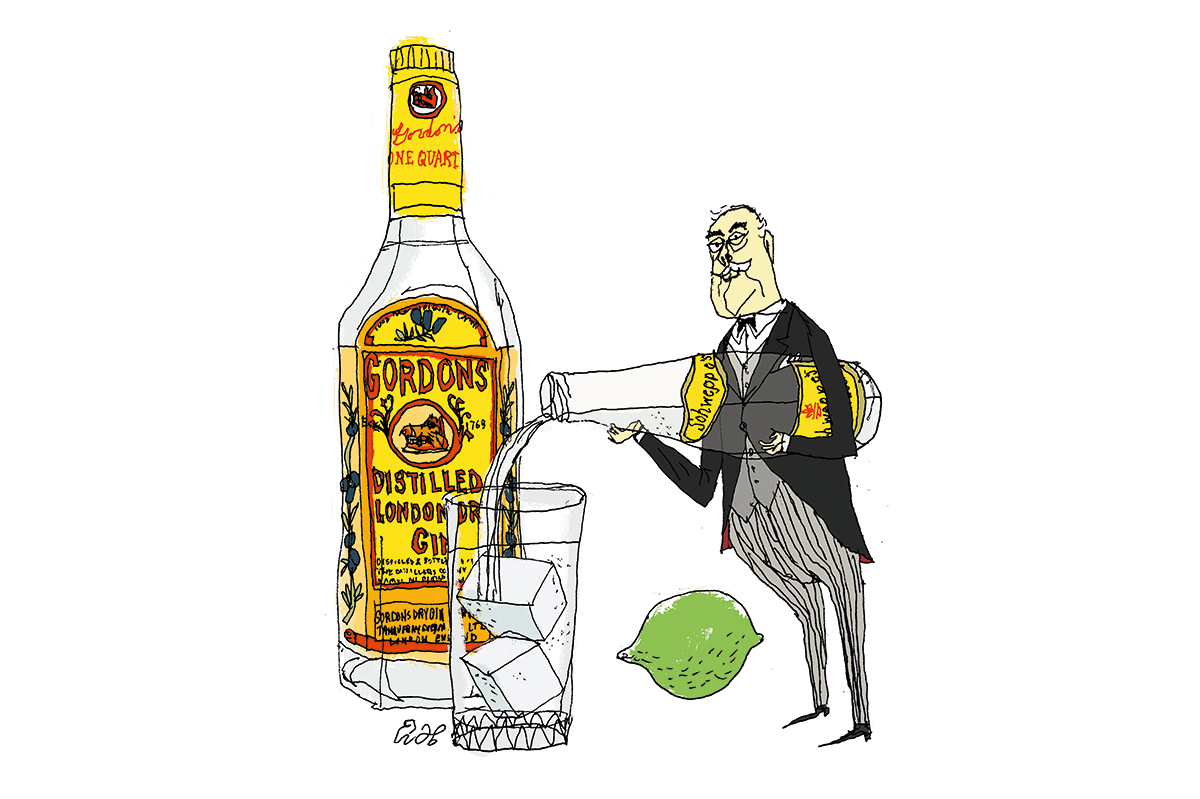I have a complicated relationship with elderflower cordial. I love taking ingredients that have short seasons, preserving and squirreling them away for future enjoyment. And I’m cheap, so the fact that the main component comes from the hedgerow is appealing. And it’s fun! It is a little like making a potion, dunking whole heads of flowers into an enormous pan and then leaving it to steep for days, before bottling it. Magical. But the truth is, I really don’t like drinking the cordial. It is too floral, too perfumed, too green. It’s just not for me.
Regardless, when the tiny white flowers bloom and the hedgerows are fragrant with their distinctive scent, I go picking, because I love elderflower when it is used as an ingredient in sweet dishes — and the best way to deliver that distinctive flavor is through cordial. So each year, I make the cordial, partly because those I love love it, and partly because a generous slosh can transform any number of dishes, diffused through fruit or sponge or cream.
Elderflowers start to appear in our woodlands, hedgerows and on river banks in late May, where they will bloom until mid-June. They are best picked on a dry, sunny day. Stay away from main roads where the flowers will absorb the traffic fumes and pick the higher-up flowers to avoid those against which dogs or foxes have relieved themselves (though if the flowers smell of pee, it is more likely because they’re past their best, rather than anything more nefarious).
A generous slosh can transform any number of dishes, diffused through fruit or sponge or cream
To make the cordial, you plunge the heads of the elderflowers into a simple syrup, along with a handful of lemon slices and some citric acid, and leave it to steep for a couple of days before straining. It really is that easy. And if you can’t get hold of citric acid (although you should be able to find it in a wide range of shops, and online), you can substitute it with an extra two lemons.
The cordial works well as a soaking syrup for cakes, bringing an extra dimension of flavor: it is a beautiful non-alcoholic alternative to rum for babas, and Claire Ptak of Violet Bakery made several elegant lemon and elderflower cakes to celebrate the wedding of Prince Harry and Meghan Markle. But it also works simply in lemon and orange drizzle cakes, in place of the usual citrus drizzle, to bring extra summery notes. Or use it in place of alcohol or other syrups to soak the sponges in a trifle.
As well as citrus fruit, elderflower pairs particularly well with different types of berries: try soaking the fruit for a summer pudding in a few tablespoons of elderflower cordial before assembling. One of my go-to puddings is a plate of big blousy meringues served with a bowl of lemon cream and a heap of strawberries that have been quartered and spent an hour or so sitting in elderflower cordial. The sugar in the cordial macerates the strawberries and brings out their natural juices, as well as bringing them to life with the floral, green notes of the flowers. For a fancier version, you can construct the constituent parts into a showstopper pavlova.
Gooseberries and elderflower were made for each other (it is serendipitous that the gooseberry season begins just after the elderflower season ends, so you can employ your recently made cordial accordingly): a gooseberry fool with a shot of elderflower cordial through the creamy base is an incredibly elegant pudding, but my favorite is to add the cordial to a gooseberry jam just after it’s reached setting point.
Its bright freshness also sits beautifully against creams and custards: my husband still talks about an ice cream we ate on our honeymoon which was flavored with elderflower and shot through with a damson ripple, and I love using it to add tang to a chilled cheesecake.
The possibilities of the cordial are myriad — or you can just enjoy it in its purest form, as an actual cordial. Or try it with prosecco, gin, soda water and a handful of mint leaves for a classic Hugo spritz.
Makes 50 oz of cordial
Takes 15 minutes + several days steeping time
- 3 lb superfine sugar
- 50 oz water
- 2 lemons, sliced
- 15 fresh heads of elderflower
- ¼ cup citric acid
- First, in a very large saucepan, gently heat the sugar and water together until the sugar dissolves. Once dissolved, bring the mixture to a boil, then turn off the heat.
- Trim the stalk ends of the elderflower heads, and give them a gentle shake to knock off any dust or bugs — don’t wash them, as that loses flavor. Transfer them to the pan of syrup, add the lemons and citric acid, cover with a lid and leave to steep for two to four days, giving the mixture a stir once a day.
- The following day, line a colander or large sieve with a piece of muslin or an unused dishcloth or clean tea towel. Give the mixture a good stir, and ladle the syrup through the lined sieve, and allow it to drip through. Pour the strained syrup into clean, sterilized bottles. The cordial will last at least six weeks in the fridge, probably three months — but you can also freeze any excess in freezer-safe containers.
This article was originally published in The Spectator’s UK magazine. Subscribe to the World edition here.


























Leave a Reply